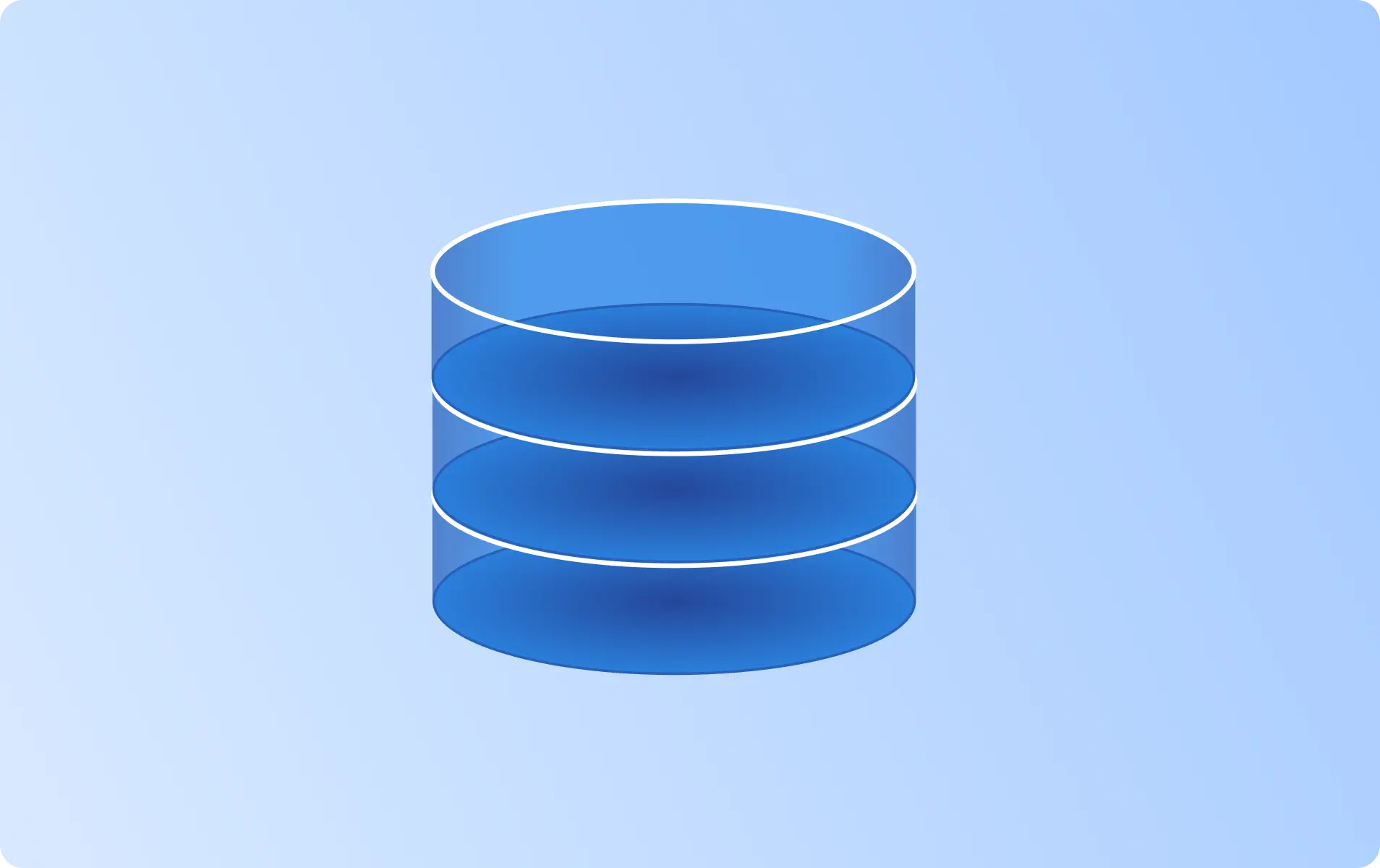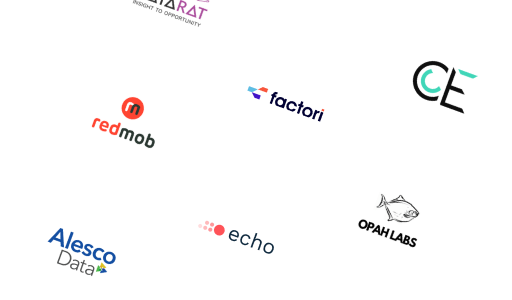Scope 3 Emissions Data: Examples, Providers & Datasets to Buy

- Overview
- Datasets
- Providers
- Use Cases
- Attributes
- Guide
- FAQ
- Overview
- Datasets
- Providers
- Use Cases
- Attributes
- Guide
- FAQ
What is Scope 3 Emissions Data?
Scope 3 emissions data refers to all indirect carbon emissions not covered in Scope 1 (direct emissions) or Scope 2 (indirect emissions from purchased energy). These include emissions from suppliers, product use, waste disposal, business travel, and more.
Scope 3 data accounts for the largest share of a company’s carbon footprint and is often the most challenging to measure. Yet, with evolving ESG regulations like the EU CSRD and pressure from investors, accurate Scope 3 reporting is becoming non-negotiable.
What Are Examples of Scope 3 Emissions Data?
Scope 3 emissions are divided into 15 categories by the Greenhouse Gas Protocol. Examples of Scope 3 data include:
- Purchased Goods & Services: Emissions from manufacturing and raw materials sourcing.
- Capital Goods: Emissions from infrastructure, machinery, and equipment.
- Fuel- and Energy-Related Activities: Emissions from energy transmission losses and upstream processes.
- Upstream Transportation & Distribution: Emissions from logistics and warehousing.
- Waste Generated in Operations: Emissions from disposal, recycling, and landfill.
- Business Travel: Emissions from flights, hotels, and rental cars.
- Leased Assets: Indirect emissions from assets leased by the company.
- Downstream Transportation & Distribution: Emissions from product delivery to end users.
- Franchises and Investments: GHG emissions from franchisees or investments.
Best Scope 3 Emissions Datasets & Providers
Scope 3 data can be accessed from verified emissions databases, corporate disclosures (CDP, GRI), lifecycle assessment tools, and data vendors offering sector- or product-specific emissions factors.
Datarade connects buyers with curated Scope 3 datasets that include sector benchmarks, emissions modeling APIs, and lifecycle CO₂ databases. Some datasets focus on Scope 3 estimation frameworks, while others provide emissions intensity by product SKU, geography, or supplier.

Carbon Emissions Data | ESG Data | 14k+ companies | Scope 1,2&3 Data

Workforce-Related Scope 3 Data | Emissions from Employees in Production & Operations
Corporate Carbon Footprint ESG Data | Scope 1, 2, 3 GHG Emissions | 5000+ Global Companies | 100% Verified | By Tracenable, the Open ESG Data Platform

Corporate Scoped Emissions (40 countries and 7 years of data)

Carbon Accounting Data for Manufacturing Processes | Scope 3 Emissions & Cradle-to-Gate Insights
Corporate Climate Target ESG Data | GHG Emissions Reduction Targets | 5000+ Companies | 100% Verified | By Tracenable, the Open ESG Data Platform

Greenhouse Gas Emissions / Carbon Footprint Data by Akadia

Greenhouse Gas Emissions Data | Global Coverage | 1000+ Observational ESG Metrics | 225 Peer Reviewed Publications | ALL Public Companies

Manufacturing Company Data | APAC Manufacturing Industry | Verified Business Profiles | Best Price Guaranteed

Risk Alignment for 30,000+ companies (API) – Carbon, Transition, Physical, Stranded Asset & Paris Climate Agreement at 1.5, 2, 3, 4°C
Can't find the data you're looking for?
Let data providers come to you by posting your request
/postings/new?utm_content=search_results_page&utm_medium=platform&utm_source=datarade
Top Scope 3 Emissions Data Providers & Companies
Popular Use Cases for Scope 3 Emissions Data
Scope 3 data is essential for:
- ESG & Sustainability Reporting: Fulfilling CSRD, SFDR, and GHG Protocol standards.
- Supplier Engagement: Identifying high-emissions vendors for procurement decisions.
- Net-Zero Roadmapping: Quantifying total carbon footprint across operations and value chains.
- Product Design: Reducing embodied carbon through material and process optimization.
- Carbon Accounting: Integrating Scope 3 into corporate climate disclosures.
Main Attributes of Scope 3 Emissions Datasets
A complete Scope 3 dataset should include:
- Activity Type (Category 1 to 15 per GHG Protocol)
- Emissions Volume (tCO₂e or kgCO₂e)
- Emissions Factor Source (e.g. DEFRA, EPA, Ecoinvent)
- Reporting Entity (Company/Supplier Name)
- Year of Data
- Sector Classification (NAICS, ISIC, GICS)
- Product or Service Description
- Geography/Location
- Scope Classification (if part of combined Scope 1, 2, and 3 datasets)
| Attribute | Type | Description | Action |
|---|---|---|---|
| String | The name of a country. | View 5 datasets | |
| String | The ticker symbol of a stock. | View 5 datasets | |
| String | The name of a company or business, might be the legal or brand name. | View 4 datasets | |
| String | The approx. number of employees working for a company. | View 3 datasets | |
| String | The industry classification of a company. | View 3 datasets | |
| String | The registered name of a company including the legal form. | View 3 datasets |
Why Is Scope 3 Emissions Data Important?
Comprehensive Carbon Accounting
Most corporate emissions — up to 90% — fall under Scope 3. Without this data, businesses underreport their environmental impact and miss key decarbonization opportunities.
Investor Transparency
ESG-focused investors and financial institutions are demanding detailed Scope 3 disclosures. Scope 3 performance affects climate risk scoring, green bond eligibility, and inclusion in sustainable investment portfolios.
Regulatory Compliance
With policies like the EU CSRD and anticipated SEC climate disclosure rules, companies will be required to report Scope 3 where material. Having accurate Scope 3 data is now a compliance priority.
Supply Chain
Scope 3 insights drive better supplier choices, collaboration on low-carbon innovations, and product redesigns that align with circular economy principles.
How is Scope 3 Data Collected?
Scope 3 emissions data is collected through a mix of:
- Supplier Surveys & Audits
- Economic Input-Output Models
- Lifecycle Assessment (LCA) Tools
- Emissions Factor Databases (e.g. EPA, Ecoinvent, DEFRA)
- Company Disclosures (CDP, GRI)
- Spend-Based Estimation (e.g. $ spent × sectoral EF)
- Software Tools (e.g. Watershed, Normative, Persefoni)
While direct measurement is rare, estimation methods are improving through better data sharing and AI-driven carbon modeling.
What’s the Size of the Scope 3 Emissions Market?
As regulations expand, Scope 3 reporting and data services are growing rapidly. In 2023, EY reported that Scope 3 data is a major ESG data investment priority for over 70% of corporates preparing for CSRD compliance. The demand for Scope 3 product-level granularity is also accelerating as product carbon footprints (PCFs) become the new gold standard in sustainable supply chains.
Frequently Asked Questions
How is the Quality of Scope 3 Emissions Data Maintained?
The quality of Scope 3 Emissions Data is ensured through rigorous validation processes, such as cross-referencing with reliable sources, monitoring accuracy rates, and filtering out inconsistencies. High-quality datasets often report match rates, regular updates, and adherence to industry standards.
How Frequently is Scope 3 Emissions Data Updated?
The update frequency for Scope 3 Emissions Data varies by provider and dataset. Some datasets are refreshed daily or weekly, while others update less frequently. When evaluating options, ensure you select a dataset with a frequency that suits your specific use case.
Is Scope 3 Emissions Data Secure?
The security of Scope 3 Emissions Data is prioritized through compliance with industry standards, including encryption, anonymization, and secure delivery methods like SFTP and APIs. At Datarade, we enforce strict policies, requiring all our providers to adhere to regulations such as GDPR, CCPA, and other relevant data protection standards.
How is Scope 3 Emissions Data Delivered?
Scope 3 Emissions Data can be delivered in formats such as CSV, JSON, XML, or via APIs, enabling seamless integration into your systems. Delivery frequencies range from real-time updates to scheduled intervals (daily, weekly, monthly, or on-demand). Choose datasets that align with your preferred delivery method and system compatibility for Scope 3 Emissions Data.
How Much Does Scope 3 Emissions Data Cost?
The cost of Scope 3 Emissions Data depends on factors like the datasets size, scope, update frequency, and customization level. Pricing models may include one-off purchases, monthly or yearly subscriptions, or usage-based fees. Many providers offer free samples, allowing you to evaluate the suitability of Scope 3 Emissions Data for your needs.
What Are Similar Data Types to Scope 3 Emissions Data?
Scope 3 Emissions Data is similar to other data types, such as Food Waste Data, Plastic Waste Data, and e-waste data. These related categories are often used together for applications like Smart City.





